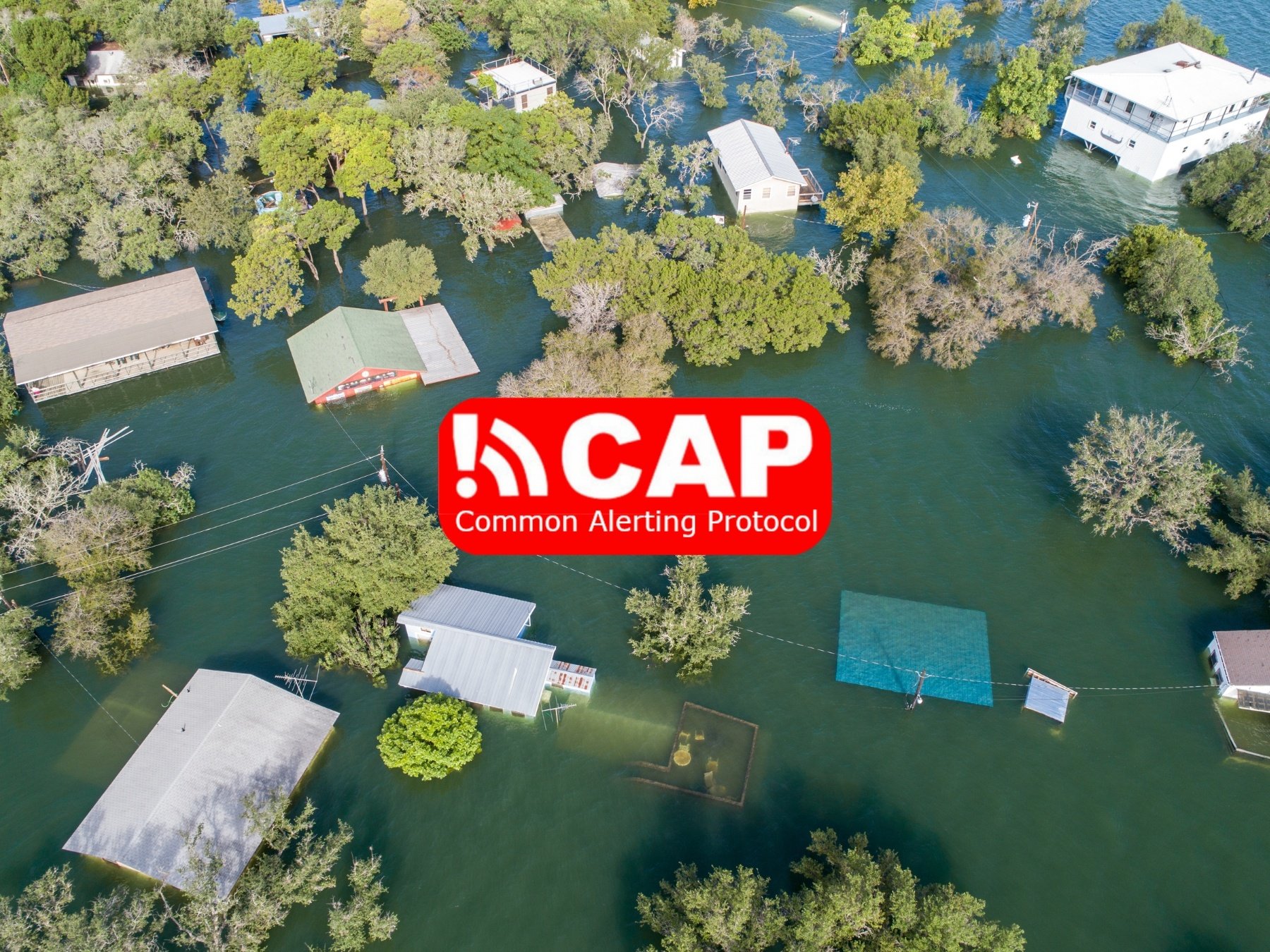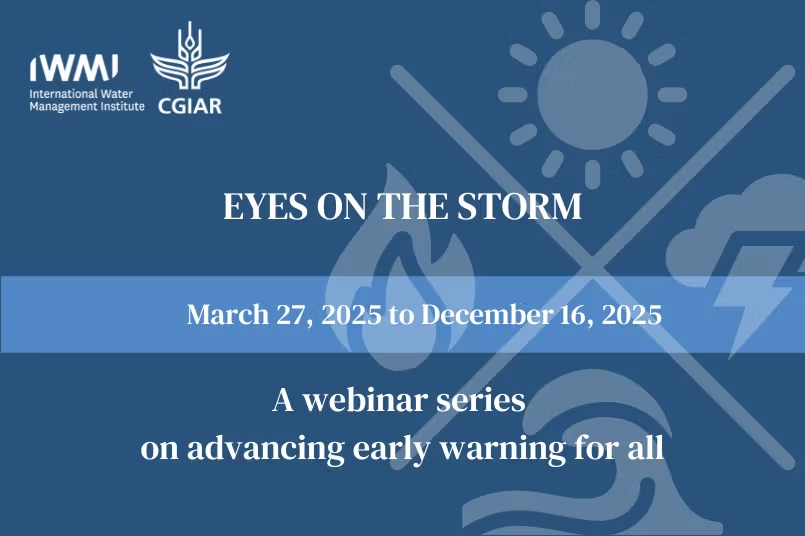At a time when natural disasters are becoming increasingly frequent and pose a real risk to people around the world, it is essential to strengthen emergency early-warning procedures. The evidence is clear: according to the World Meteorological Organisation, floods, the hazard that causes the most material and human damage every year, have more than doubled in the last twenty years. While the consequences are inevitable, the toll can be mitigated.
What is the purpose of the CAP protocol?
The Common Alerting Protocol (CAP) is the international standard digital format for emergency alerts, enabling an alert message to be broadcast simultaneously and unified across multiple communication channels. Developed by the Organization for the Advancement of Structured Information Standards (OASIS), it is integrated into alert systems by software publishers such as Intersec and used by alert issuers around the world.
Thanks to this protocol, all alert issuers (national weather service, emergency management organization, etc.) can consult all CAP standardized alerts in real-time, and issue or redistribute a unified, reliable alert message to everyone concerned by a risk via all the communication channels at their disposal (television, radio, websites, cellular broadcasting, geolocalised SMS messages, etc.).
This standardization is vital, given that an alert triggered within 24 hours reduces the damage caused by 30%. Time is precious, and the CAP protocol enables validated and certified alerts to be distributed more quickly. It has also been adopted by the International Telecommunication Union (ITU), which is leading the "alert dissemination" pillar of the "Early warnings for all" initiative launched by the United Nations in 2022.
A protocol that must be 100% adopted
With an adoption rate of 87% in 2024, CAP is becoming widespread worldwide. Alert-Hub is promoting the protocol around the world, and the Cap Alert Hub website lists all the organizations using the protocol, making their alerts public and visible to all.
Intersec reaffirms its commitment to providing fully integrated, CAP-compliant alerting solutions to standardize alerts and increase their effectiveness. Intersec supports Alert-Hub's call to action for 100% adoption of the protocol:
Together, we are calling on all standards bodies, governments, NGOs, and companies involved in emergency alerting to ensure that all public communications services, both current and future, provide for the possibility of alerting people in time in the event of a life-threatening emergency.
A useful protocol for all alert issuers
Standardizing alerts means that all crisis managers can access this critical information in real time and act accordingly:
-
At the national level (States, government agencies, and specialized bodies), our alert systems enable CAP alerts to be consulted and new alerts to be broadcast simultaneously over several communication channels, on a global scale. Our systems include robust protection measures to guarantee the sender's authenticity and the message's integrity, using CAP certificates. For example, in the event of a major industrial accident, targeted, reliable, and contextualized alerts can be used to quickly direct the population to safe areas or keep them informed of how the situation is being managed by teams deployed on the ground.
-
Using a map-centric view, alert issuers in any organization can access all the alerts in the standardized format in real-time and redistribute relevant messages to their communities: workers in the area, local populations affected by flooding, etc. In the event of a fire on a site, targeted alerts facilitate the work of emergency services by guiding people away from danger.
In compliance with international standards, Intersec deploys alert systems tailored to all public safety stakeholders (governments, NGOs, companies, etc.), whatever their context and reality. These tools are genuine facilitators for crisis managers in disseminating or re-disseminating certified messages that are targeted and adapted to the communities concerned. To find out more, visit our page on Intersec's alerting solutions.
To dive deeper into the topic of Early Warning Systems, visit our page.
 CAP protocol: a framework for emergency alert issuers" />
CAP protocol: a framework for emergency alert issuers" />

.jpg)









.webp)


.webp)




















